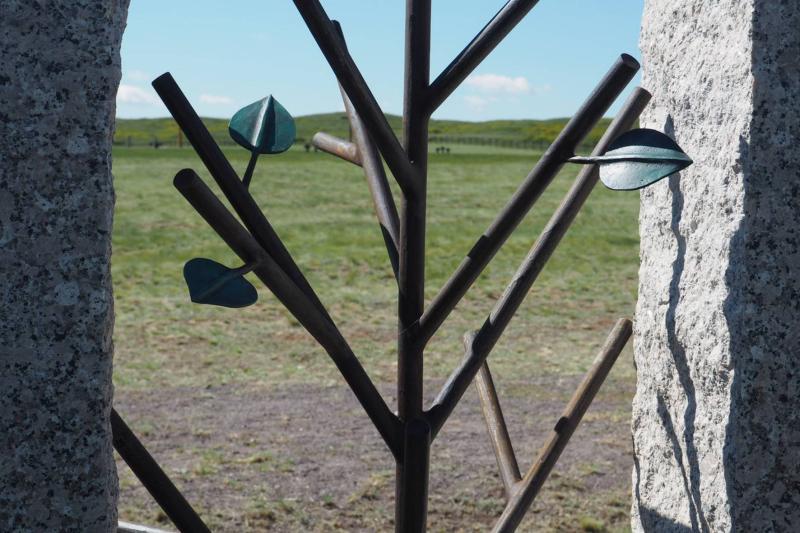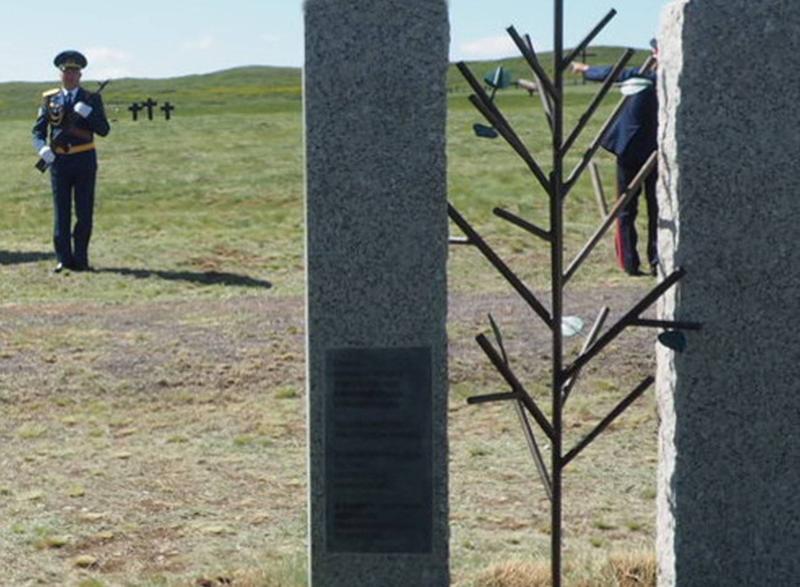A memorial to the Czech victims of Soviet repression was created in Kazakhstan, and it was unveiled near the city of Karaganda by representatives of the Czech Embassy. It is located next to other monuments at the Spassk memorial site, where a labor camp and a prisoner of war camp stood in the 1940s. In Kazakhstan, mainly in the years 1937-1938, dozens of Czechoslovak citizens were executed and hundreds more went through local labor camps. The initiator of the creation of the memorial was Eliška Žigová, the Czech ambassador to Kazakhstan. This is the first Czech memorial on the territory of the former Soviet Union, which commemorates all Czech victims of Soviet terror. According to estimates, it affected up to 25,000 Czechoslovak citizens. The monument is dedicated to the memory of all victims of political repression and citizens who suffered the unspeakable cruelty of the Bolshevik regime.
In the speech of the Ambassador of the Czech Republic to Kazakhstan, Mrs. Eliška Žigová, it was said:
We do not know exactly how many citizens of the former Czechoslovakia passed through the Soviet gulags, there is talk of 25,000 people. They were Czechs, Slovaks, Ruthenians, Jews, Hungarians and Germans. They ended up in the gulags for all sorts of reasons, but they all suffered the same. Compared to the number of victims of communist terror of other nationalities, this is not a high number, but everyone deserves a reminder. Roughly half of the people did not survive the communist repression. The number of persecuted people directly related to today's Czech Republic is 4,150 people, of whom about 2,150 died as a result of the persecution. Dozens and hundreds of ethnic Czechs lived on the territory of Kazakhstan even before the Second World War. Many of them became victims of repression, mainly during the Great Terror of 1937-1938.
More than 66,000 prisoners of war and internees of more than 40 nationalities passed through the Spassk camp for prisoners of war and internees. According to data from the Karaganda state archive, 518 prisoners of war and 21 internees were of Czech nationality.
Our monument is therefore a reminder of all the victims of communism who came from the territory of today's Czech Republic, and along with the monuments of other nations, it only illustrates the brutality of the regime, which affected everyone regardless of nationality, citizenship or political affiliation. The Bolshevik regime cynically used the vast steppes of this beautiful country to build concentration camps, including Karlag, one of the largest in the entire territory of the former Soviet Union. We greatly appreciate that the government/state authorities of Kazakhstan do not forget the victims of the totalitarian regime. Proof of this is not only today, when the commemoration ceremony is held here every year, but also museums in various parts of Kazakhstan, I cannot but mention the nearby museum in Dolinka, which should be visited by everyone who is at least a little interested in the history of Eastern Europe and Central Asia.



